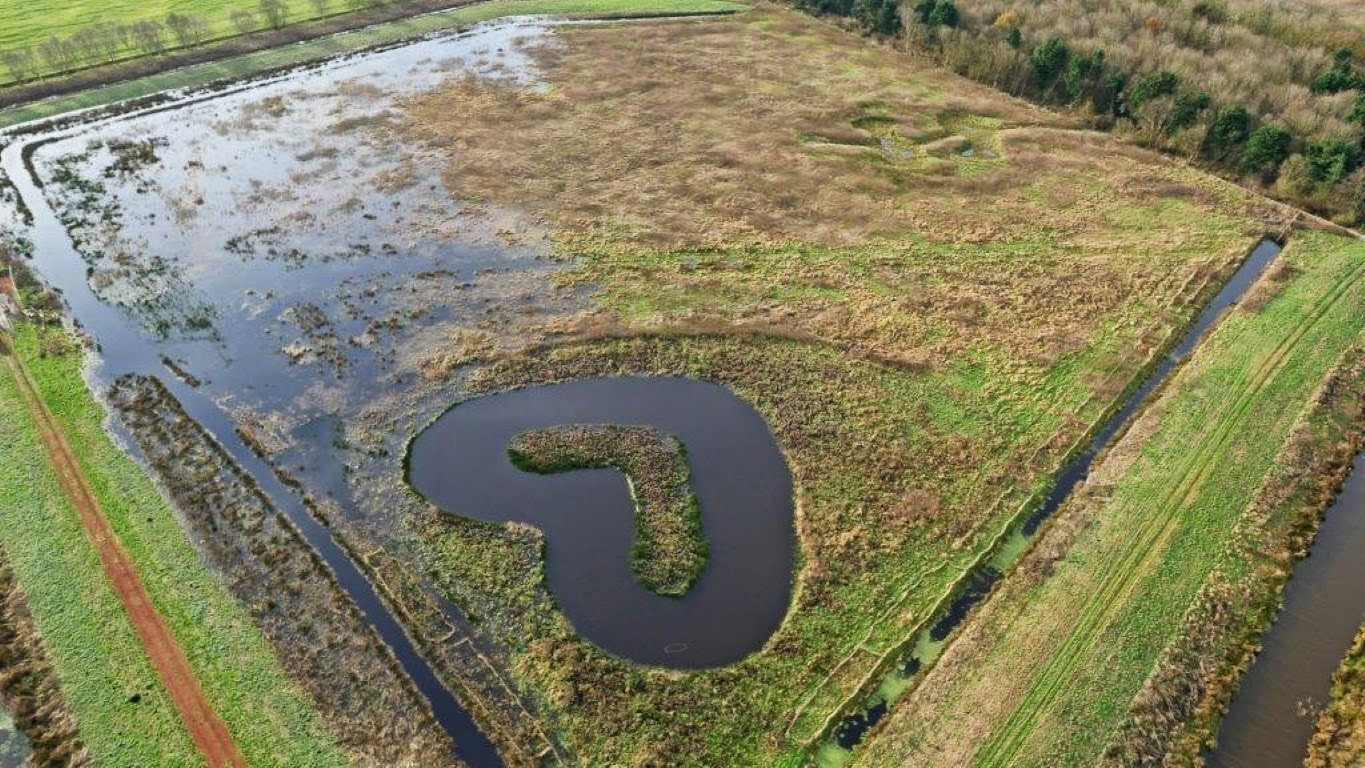Angela Collins, Volunteer coordinator
 |
|
Training
with the Dartmoor ponies, photo by Angela Collins
|
This
week I was pleased to have the opportunity to join some of our livestock-checking
volunteers on a training day in West Norfolk. The day started at Grimston
Village Hall with a quick introduction, then we headed to NWT Roydon Common, where
some of the resident semi-wild Dartmoor ponies had been earlier corralled to an
enclosure so we could take a closer look. As our volunteer checkers will tell
you, this was an essential bit of preparation as it can sometimes take several
hours to find the ponies when they are roaming freely about the reserve. Malcolm
and Sally Bruce are part of the Roydon volunteer team, they check Roydon
together, they split up and it can still take 2 – 3 hours to find all the
ponies and check that each one is okay.
We
split into two groups, then the NWT Grazing Manager, David Tallentire explained
more about the ponies: how they were managed on site; and what to look for when
checking livestock, including carrying out condition scoring which is a way to
assess pony health. The Dartmoors were showing a healthy weight, which is what
we would expect at the end of a good summer. As we head into winter and
conditions get more harsh they will need to use these fat reserves. The
assistant warden at Roydon, Lizzie Bruce then gave a tour of the common, explaining
the many projects taking place at the moment, and we were able to see the
results of previous restoration work that has taken place.
The ponies are an
important part of this restoration work. The heaths and mires on the common
have been formed by hundreds of years of traditional farming with cattle,
ponies and sheep, by chomping through the yearly vegetation growth; the ponies
continue this grazing and maintain these high value habitats.
 |
|
Training
with the Dartmoor ponies, photo by Angela Collins
|
Many
reserves benefit from NWT livestock grazing, which includes Dartmoor ponies,
Konik ponies, British white cattle and our flying flock of Shetland sheep. Our
livestock needs to be checked seven days a week, and our volunteer checkers are
an essential support for this. All our animals are semi-wild so the checkers do
not touch them but perform a visual check and note anything that doesn’t seem
right; they can then report to the warden any observations, and if necessary a
vet can be called. They are also an important help with vet and farrier days. Last
year over 1,800 hours were donated by our volunteers checking our livestock,
and we are very grateful for all their support.
 |
|
Training
with the British White Cattle, photo by Tabs Taberham
|
The
training day continued after lunch with a slideshow about how livestock is
utilised on our different reserves, explaining the reasoning behind
conservation grazing and the uses of different types of livestock. Then a trip
to NWT East Winch Common to see our new herd of British white cattle (a
traditional English breed with a long history in Norfolk) and to learn more
about NWT grazing plans for the future.
It
was a very interesting day and it was a good opportunity to meet some of our super
volunteers and learn more about their volunteering experience, and put faces to
the volunteers with whom I usually only have email contact. The feedback from
the volunteers who attended agreed that it had been an interesting and
informative day, and they also found the day useful to meet staff and other
volunteers.











